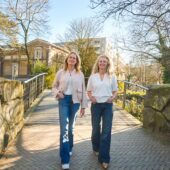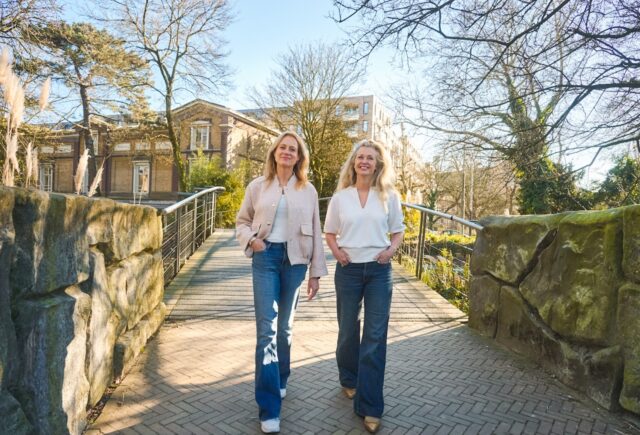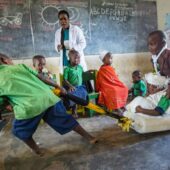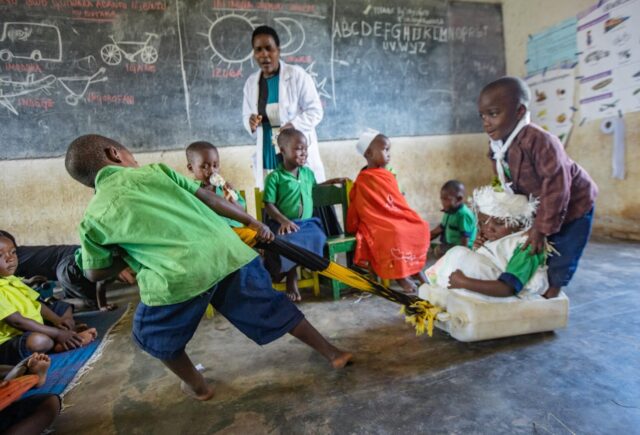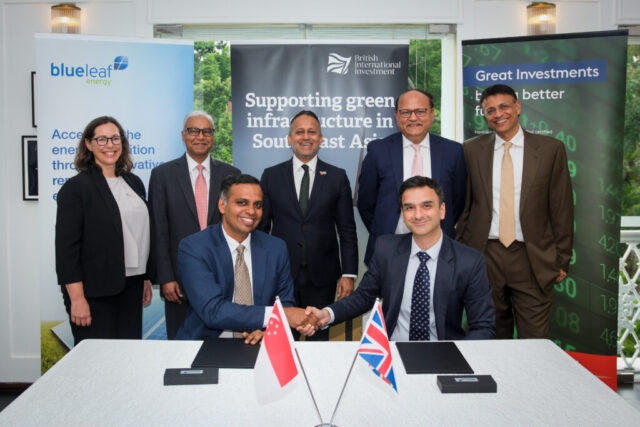APG Asset Management, on behalf of Dutch pension giant ABP, has led the investment in the bond which will focus on offshore biodiversity and sustainable shipping.

Danish renewable energy company Ørsted has issued a five-year €100m blue bond to finance initiatives targeting offshore biodiversity and sustainable shipping.
In line with the International Finance Corporation’s Guidelines for Blue Finance, the bond has been placed privately and has already been subscribed to by a range of investors, led by APG Asset Management on behalf of Stichting Pensioenfonds ABP (ABP), the pension fund for government and education employees in the Netherlands.
Ørsted, which is Denmark’s largest energy company and produces more than 90% of its energy from renewable sources, says it is the world’s first energy company to issue a blue bond.
Net proceeds from the bond will be invested in initiatives that aim to protect and restore marine and coastal biodiversity and innovations to find new and better ways to do this at scale. It will also invest in the development of green ocean fuels to enable the decarbonisation of shipping vessels, such as the FlagshipONE facility in Sweden, which is tipped to become Europe’s largest green e-methanol facility once construction is completed.
Commenting on the launch Sanda Ojiambo, UN assistant secretary-general and CEO of the UN Global Compact, said that more investment was needed to build a sustainable ocean economy and tackle the climate and nature crises.
“To fund these ocean-based solutions at scale and meet the goals set forth by SDG 14, we need to increase financing to the sustainable ocean economy. Blue bonds, such as Ørsted’s, issued by the private sector are important tools for delivering crucial financing for projects aimed at addressing a broad scope of environmental and social issues facing our world today,” she said.
The bond will pay investors a fixed interest rate of 3.625% and will mature in 2028.
Bridging the financing gap: SDG 14
According to the World Resources Institute just 1% of the ocean economy’s total value was invested in sustainable projects, through philanthropy and official development assistance, over the last ten years.
But Ørsted said it expected blue bonds to follow in the footsteps of green bonds – which finance the company’s wind and solar farms, and which in recent years, have experienced rapid growth, surpassing $2trn (€1.85trn) in total issuance globally at the end of Q3 last year.
Responding to questions from Impact Investor, Gareth Scheerder, senior sustainable finance advisor for Ørsted said the company was hoping to help create a ‘bigger market’ for blue finance and anticipated there would also be ample opportunity for a public bond in the future.
“First, we want to focus on learning from the private placement and then we will evaluate the use of blue bonds in the future,” he said.
Climate and biodiversity
Ørsted said the bond was launched in recognition of the interdependence of the climate and biodiversity crises and to deliver on its goal of generating a net-positive biodiversity impact from all new renewable energy projects commissioned from 2030 at the latest.
The company said that as well as seeking to mitigate the potential negative impacts of its operations, it was also investing in restoration measures to actively enhance the health of ocean ecosystems and was testing the best solutions to scale. This includes pilot projects ranging from salt marsh and sea grass restoration, 3D-printed reefs for restoring critical ecosystems in the North Sea, and new approaches to coral reef restoration.
The company is currently working with WWF Denmark on a project to explore how 3D-printed reefs can benefit biodiversity in the Kattegat, a sea area between Denmark and Sweden, which is experiencing a historically low cod population, threatening the health of the entire ecosystem.
“In order to successfully build out renewable energy that is a net positive for nature, there will be plenty of opportunities for investment in offshore biodiversity,” said Scheerder, who added that although allocations from the bond had not yet been made, a significant portion would be allocated towards net-positive biodiversity pilots like the Kattegat project.
“This forms part of a longer-term process where the projects are initially carried out on a smaller scale, where we can learn and develop knowledge, with the aim of further scaling the most impactful solutions even further,” he added.
